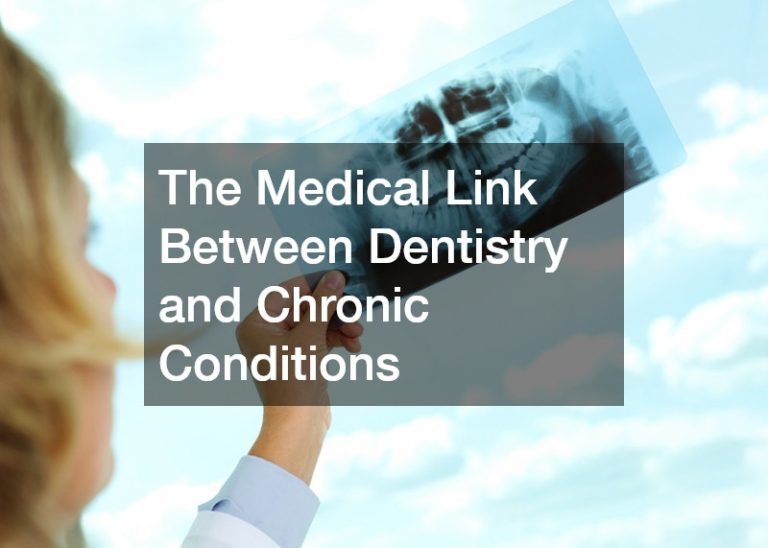
Facing death is a profound journey, and recognizing the signs that signal its arrival is an important aspect of providing end of life care. Let’s break down these signs in simpler terms:
Decreased Appetite
One noticeable sign is a reduced interest in eating. Despite common practices, pushing food on those nearing the end may do more harm than good.
It turns out that as the body’s energy shifts, forcing nutrition becomes taxing. The body starts breaking down fats, leading to elevated ketone levels. These ketones, like those on the keto diet, suppress hunger, thirst, and pain, offering a unique perspective on well-being in the final stages.
Breathing Changes
Breathing undergoes a notable transformation. It becomes irregular, with moments of no breath for 10 to 20 seconds. Oxygen doesn’t help much, and a gurgling sound, the death rattle, might occur. Though unsettling, it’s crucial to know that the person is not distressed; they’re non-responsive and deeply asleep.
Incontinence and Agitation
As life winds down, the body’s signals change. Incontinence, where bladder and bowel control diminish, is common. Agitation, marked by restlessness, may occur, though it’s not painful. Reduced oxygen, dehydration, or medications may contribute. Anti-anxiety medications can ease these symptoms.
In conclusion, understanding these signs provides a roadmap for families in end of life care. Remember, these are guideposts, not strict rules. Approach each situation with empathy, knowing that simplicity and compassion make a world of difference in these final moments.
.








